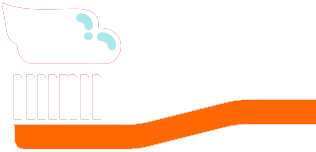Is tongue thrust on your radar? If your child's tongue pushes between or against their teeth while they're talking, swallowing, or resting, they may have a tongue thrust. It's normal for young children to push food out of their mouths while they're learning to use their tongues. But this generally stops before the age of 6. If it goes on beyond that age, it might be a sign of tongue thrust.
The good news is there are plenty of things you can do to support your child, and a fitted tongue thrust appliance might help them. As you read on, we'll go into the causes of tongue thrust as well as info about a tongue thrust appliance, how it works, and how to get one. We'll also cover how to make sure your kid maintains their oral health while they're wearing a tongue thrust appliance.








